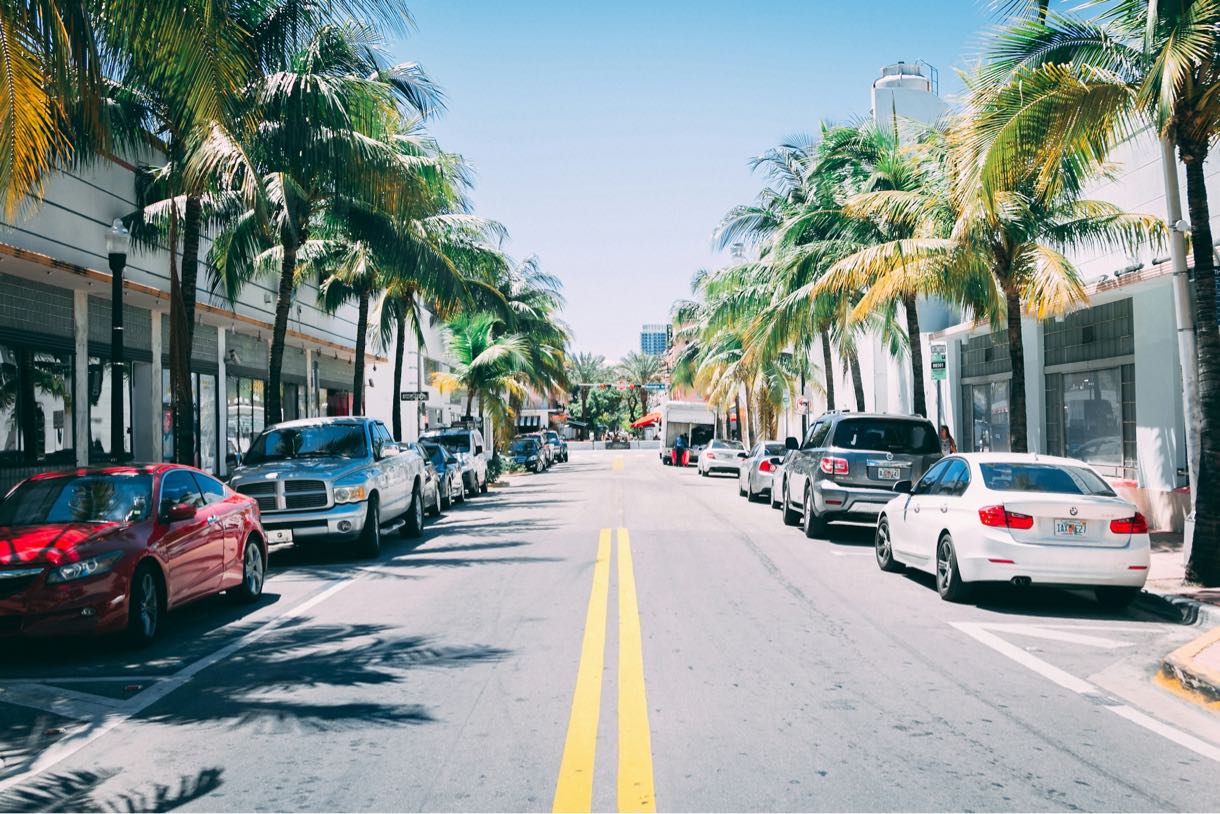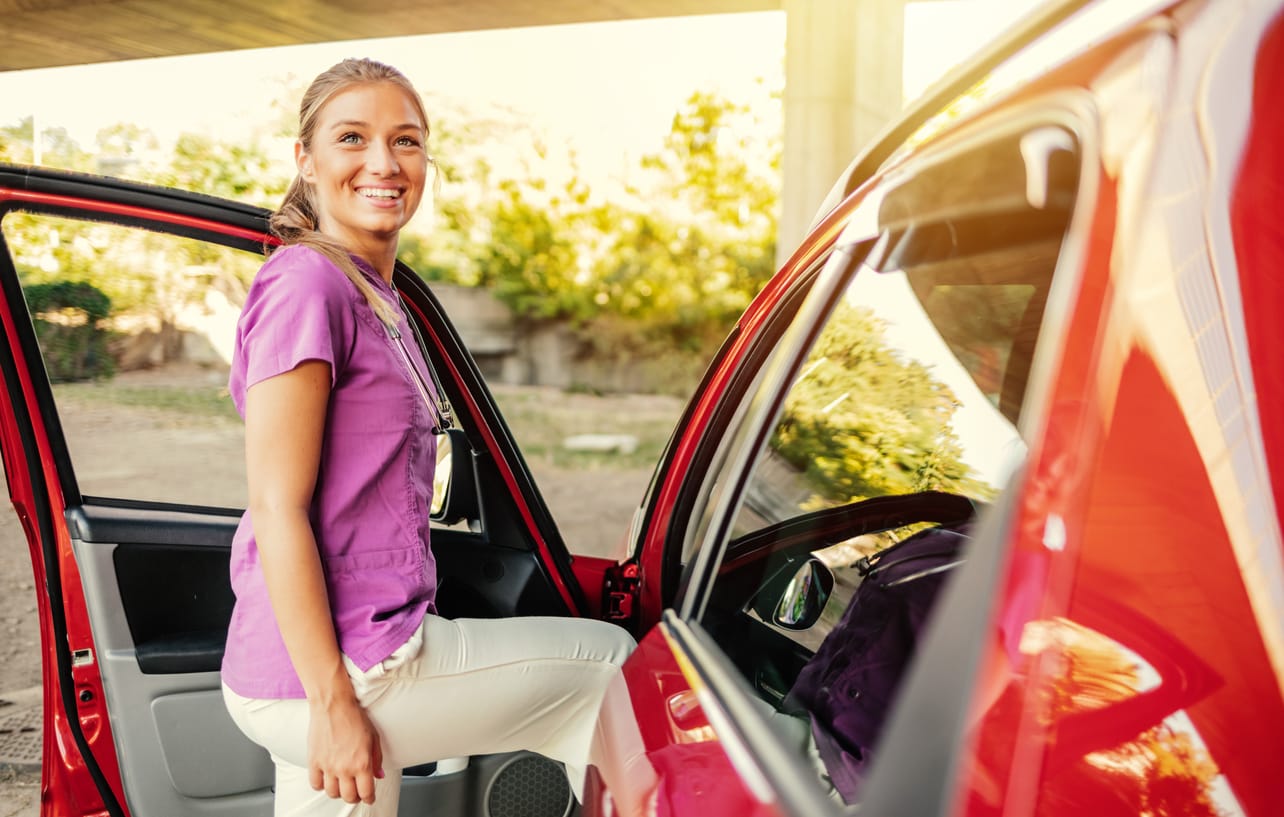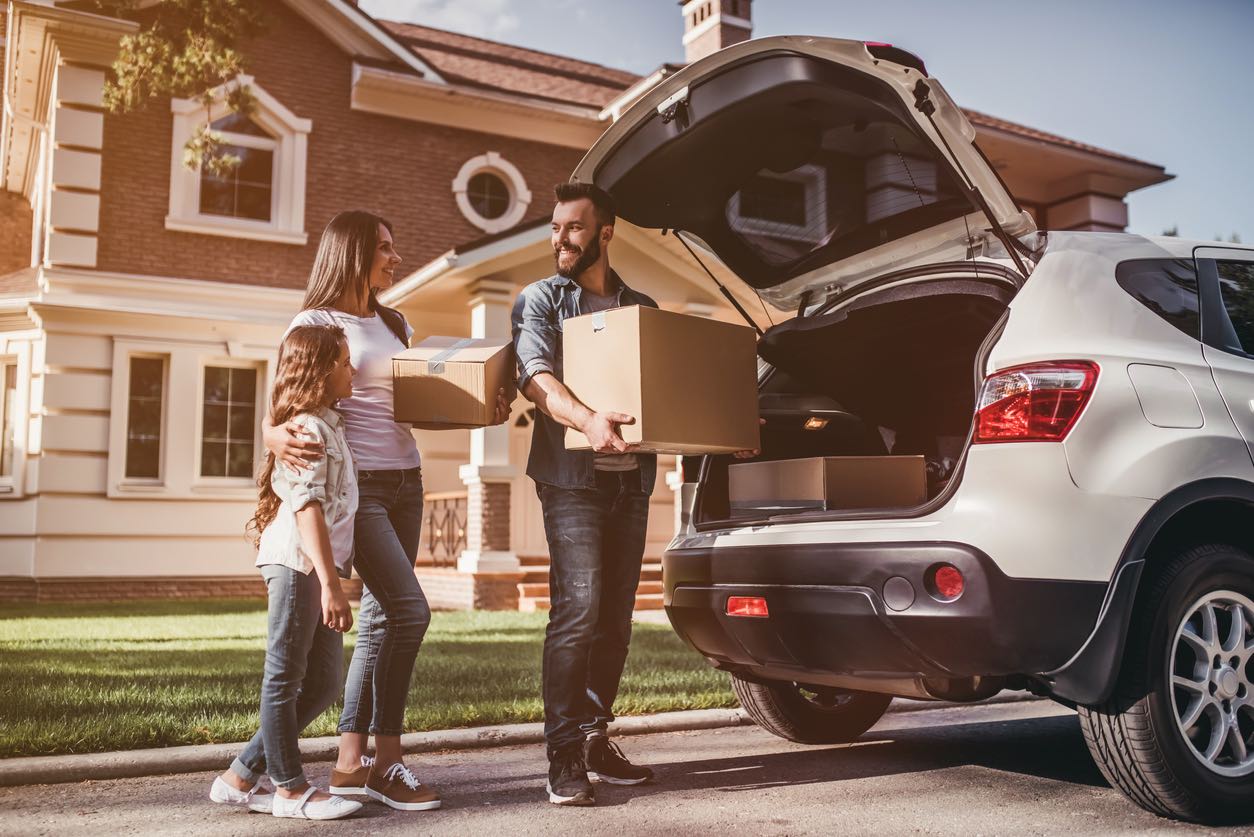Shipping a car from Hawaii to Florida is a journey that involves meticulous planning and decision-making. To guarantee your car travels over the ocean and onto the mainland safely and effectively, the first step in the process is choosing the best shipping option. Your budget, the degree of security you want for your car, and the urgency of the shipping will all play a major role in your decision. Although shipping in containers is more costly, it provides better protection from the weather and any potential hazards. For expensive or delicate autos where additional protection is a top concern, this alternative is perfect.
However, roll-on/roll-off (RORO) shipping is a more affordable option that appeals to people seeking a low-cost alternative. Cars are driven straight aboard the ship and secured on deck or within the hull in RORO transportation. This approach strikes a compromise between cost and safety, making it a dependable and popular mode of transportation even if it exposes cars to the weather. Weighing these possibilities becomes an essential part of the planning process when you take into account the great distance between Hawaii and Florida. In the end, having a solid awareness of these shipping options and the accompanying expenses lays the groundwork for a smooth and successful automobile transportation process.
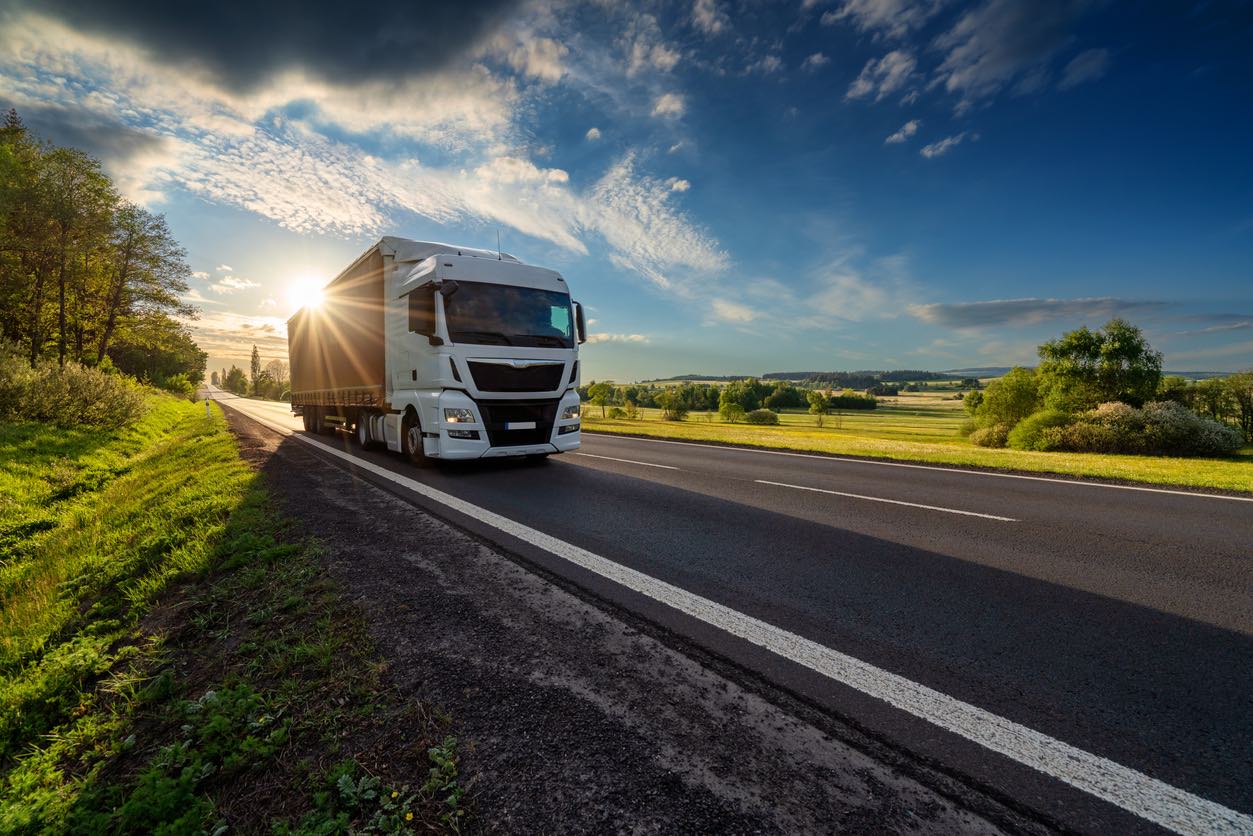
Making the right shipping option choice is the first crucial decision you must make when transporting a car from Hawaii to Florida. In essence, there are just two choices available here: roll-on/roll-off (RORO) shipping and container shipping. Even though it costs more, shipping in containers has several benefits in terms of security. Throughout the journey, your car is kept safe and protected from the elements by being enclosed in a container. This approach is especially recommended for expensive or sensitive automobiles where extra security is crucial.
However, RORO shipping offers a more economical alternative. This approach resembles a floating parking lot in that cars are driven straight onto the ship and parked on the cargo deck. Although this alternative is less expensive, it does entail that your car will remain outside during the trip. This approach is usually used for conventional cars and those who want to strike a compromise between price and convenience.
Transporting a car from Hawaii to Florida involves understanding your options both for the shipping method and for vehicle pickup and delivery. Here’s a breakdown:
Pickup in Hawaii Options:
Open Auto Carrier: Cost-effective, but less protection.
Enclosed Carrier: Offers more protection, ideal for luxury or delicate vehicles.
Shipping Methods:
Container Shipping:
- Ideal for luxury, classic, or sensitive vehicles requiring extra protection.
- Higher cost but offers peace of mind with added security and safety.
RORO Shipping:
- More budget-friendly, suitable for standard vehicles.
- Exposes the car to the elements, efficient for straightforward transport needs.
Delivery in Florida Options:
Open Auto Carrier: Economical, similar to pickup options in Hawaii.
Enclosed Carrier: Provides enhanced protection for the final leg to the delivery location.
Each option balances cost, convenience, and protection to cater to diverse needs and preferences.

Selecting a reputable auto shipping business is essential to guaranteeing a hassle-free and easy transport experience. Start by doing extensive web research and concentrating on businesses that offer car shipping services between Florida and Hawaii. Search for companies that have a clear contact information page, a robust web presence, and thorough service descriptions. Additionally, think about getting recommendations from friends, family, or coworkers—especially those who have made comparable moves in the past.
When making your selections, give careful consideration to reading client endorsements and reviews. Seek input on matters such as punctuality, car security, client support, and pricing transparency. Verify each company’s ratings on reliable websites, such as the Better Business Bureau (BBB), is another smart move. Here are some important things to think about:
- Company Reputation: Investigate the length of time the company has been operating and the track record it has established in this industry. There is a strong correlation between a long-standing reputation and reliability and experience.
- Licenses and Insurance: Make certain that the company possesses a valid license issued by the relevant transportation authorities and that it provides sufficient insurance coverage for your vehicle while it is transportation.
- Pricing and Hidden Fees: Gain an understanding of the pricing structure of the company. During the shipping process, it is important to inquire about any potential hidden fees or additional costs that may come up.
- Customer Service: Determine the level of service provided to customers. A customer support system that is responsive, helpful, and transparent is absolutely necessary, particularly when dealing with the logistics of shipping cars across state lines and oceans.
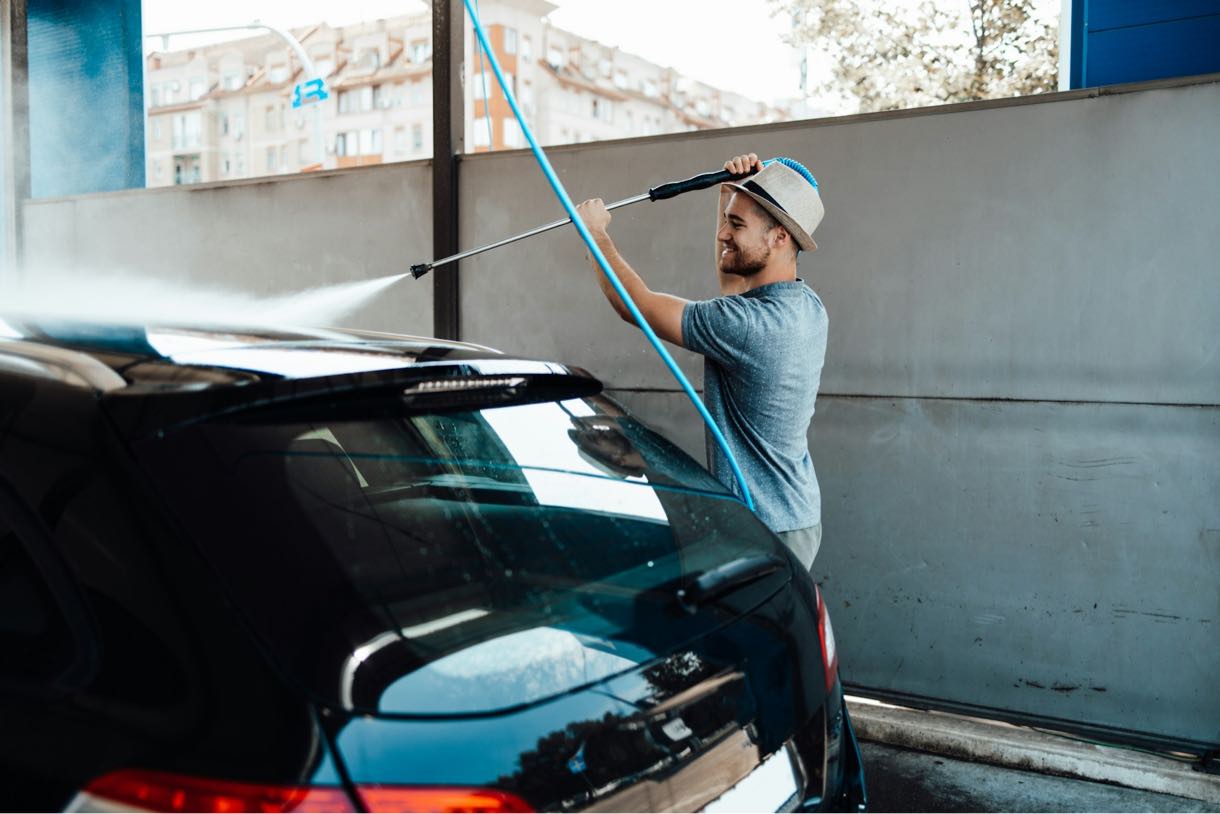
An efficient shipping process from Hawaii to Florida depends on you preparing your car for transport. First and foremost, you must take everything personal out of the car. Personal property is not insured by the transporter, and having it there could make things difficult for inspections and shipping. Additionally, a thorough inspection is made possible by cleaning the vehicle from the inside out. To accurately record the vehicle’s pre-shipment condition, this step is essential.
Furthermore, it’s imperative to make sure your car is in good operating order. This entails examining tire pressure, battery life, fluid levels, and leaks. It is advisable to have any mechanical issues with your vehicle fixed before transport. A competent mechanic’s pre-shipment inspection can find possible issues that could make shipping more difficult. Here are some important things to remember:
- Remove Personal Items: Take everything personal out of the car, including the trunk and glove compartment. Recall that personal belongings left in the car are not the responsibility of the shipping company.
- Clean the Car: A thorough cleaning makes it easier to spot any new dings or scratches after the vehicle has been transported by accurately assessing and documenting its condition prior to the trip.
- Mechanical Check-Up: Verify the mechanical soundness of your vehicle. This entails inspecting the tires, brakes, battery, and fluid levels. Take care of any mechanical problems before shipping to prevent extra costs or delays.
- Fuel Level: Maintain a low fuel level—ideally, about 25% of the tank. As a result, there are fewer safety hazards during transit and less weight.
- Windshield Check: Make sure there are no large chips or cracks in the windshield. For shipping vessels traveling to and from Hawaii, a windshield free of cracks is necessary for maintaining the vehicle’s structural integrity and safety throughout the journey.
You can lower the likelihood of issues and make sure your car gets to Florida in the same condition that it left Hawaii by following these instructions.
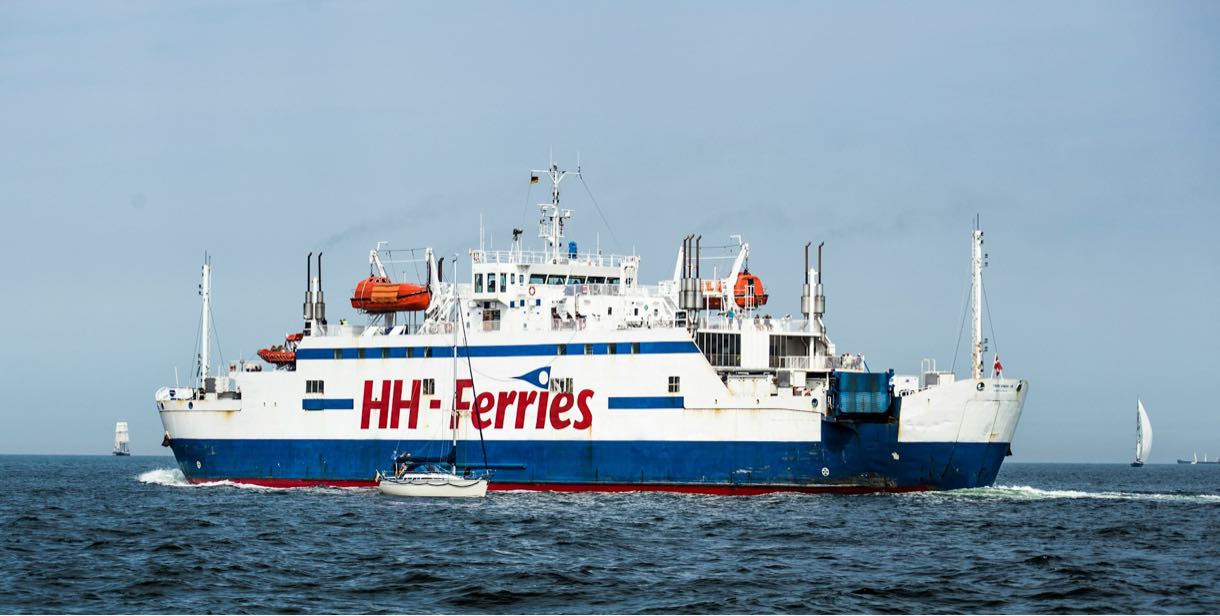
Making travel arrangements for your vehicle is an essential part of the shipping process from Hawaii to Florida. Selecting a pickup date with your preferred shipping company is the next step after your car has been fully prepped for transportation. Usually, you can do this over the phone or online using the company’s booking system. Selecting a date that works with your schedule is crucial because you will need to be there to give the car to the transport agents. Early scheduling can also offer more choices for shipping dates and possibly even lower prices.
The shipping company will pick up your car at the agreed-upon location in Hawaii on the appointed date. This procedure entails a comprehensive examination of your car, typically carried out in tandem with the transport agent, in order to record its state prior to transportation. Because this inspection serves as a record in the event that there are any disagreements regarding the vehicle’s condition upon arrival in Florida, it is imperative that it be completed thoroughly. The chosen shipping method (container or RORO) and the particular Hawaiian port from which the car is being shipped are two examples of variables that can affect the shipping time.
- Booking System: Choose the date for your car’s pickup by using the shipping company’s phone or online booking system. Make sure this is a date that works for you because you must attend.
- Pickup Inspection: Attend the inspection in person to ensure the vehicle is in good condition before shipping. You must take this action to protect your interests.
- Shipping Time Influences: Note that there is a significant impact on the total shipping time to Florida depending on the shipping method and the departure port in Hawaii.
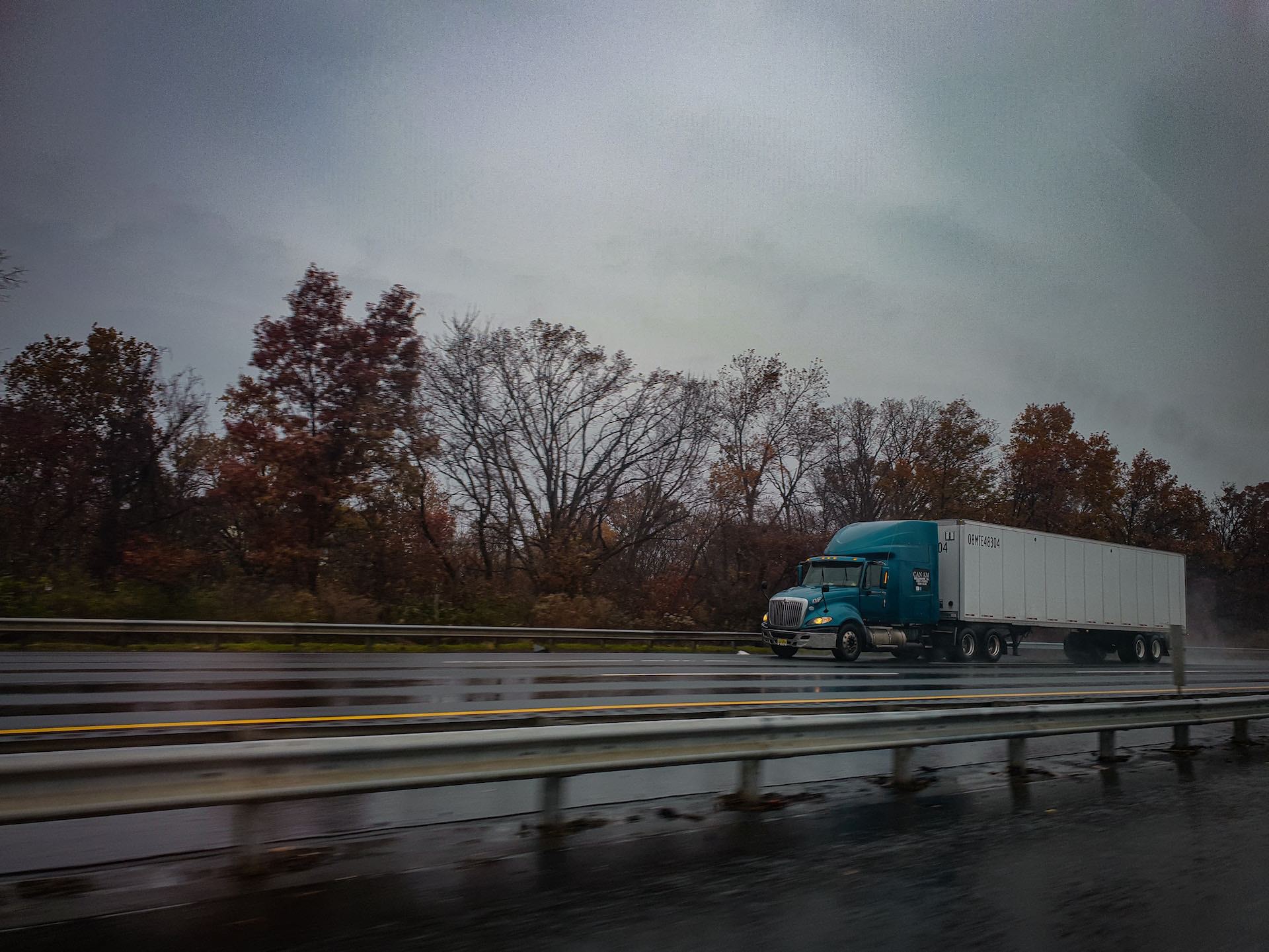
When your car arrives in Florida from Hawaii, the Environmental Protection Agency (EPA) and the U.S. Department of Transportation (DOT) do a thorough inspection on it. This inspection is essential to make sure your vehicle conforms to all federal laws, including those pertaining to safety and the environment. It ensures that all vehicles entering Florida meet uniform, strict requirements and is crucial to preserving the integrity of interstate vehicle transportation.
Following the inspection, a car shipping broker arranges for additional transportation rather than you picking up your car at the port in Florida. The broker makes arrangements for an auto carrier to come pick up your car at the port and deliver it to the address you provide. This extra step expedites the procedure, making it more convenient and minimizing the need for you to oversee the last leg of transportation. The carrier will give you the required paperwork, including the Bill of Lading and inspection reports, when the item is delivered. It is imperative that you carefully go over these documents and check your car when you get it to make sure there were no damages in transit.
Bullet Points:
- DOT and EPA Inspection: Making sure your car satisfies all federal requirements for environmental compliance and safety starts with the DOT and EPA’s initial inspection.
- Broker-Coordinated Transportation: To add even more convenience, a car shipping broker makes arrangements for an auto carrier to transport your vehicle from the port to your delivery location after it has been inspected.
- Final Delivery and Documentation: You receive the car and all necessary documentation at the delivery location. It is imperative that you carefully review these documents and look for any damage related to transit in your vehicle.
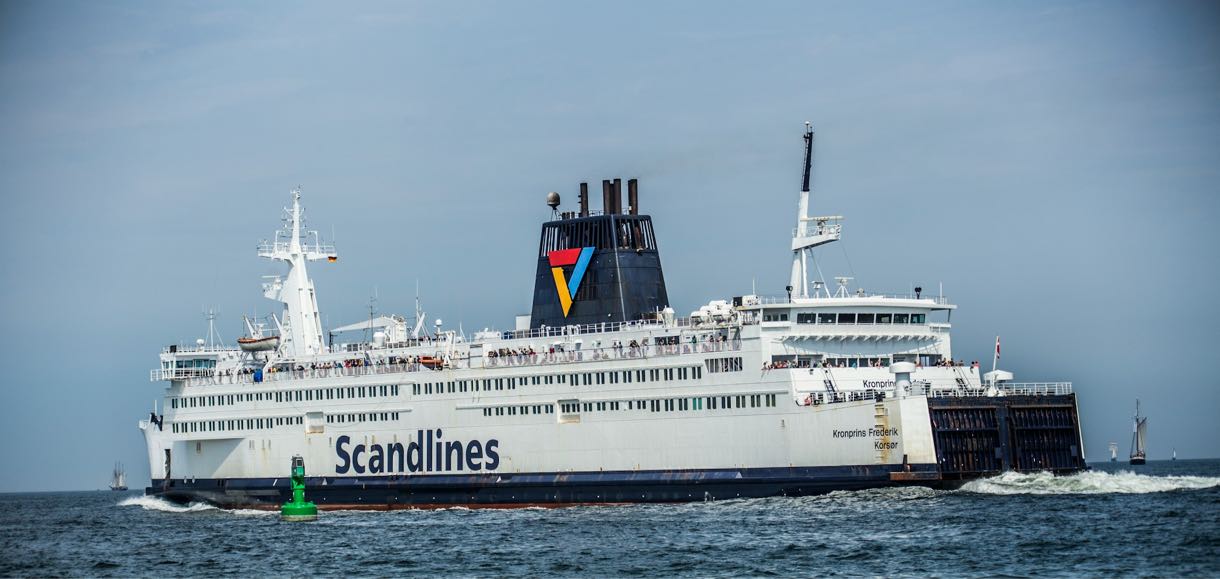
The cost of shipping a car from Hawaii to Florida can vary greatly depending on a number of factors, so keep that in mind when evaluating your options. The size of your car, the shipping method you select, and the total distance to be traveled are the main factors. For example, container shipping, which is well-known for its increased protection, typically costs between $1,500 and $4,000. The increased security and safety for your car during the lengthy trip is reflected in this higher price. However, the more affordable option of RORO (Roll-On/Roll-Off) shipping usually costs between $800 and $1,500. Although this method is less expensive, it does mean that your car will be outside while in transit.
Apart from the price, another important factor to take into account is the delivery timeline. There are roughly 4644 miles in the trip from Hawaii to Florida. The transit time is typically between 7 and 9 days, depending on a number of variables including the shipping method, the weather, and the particulars of the route. For planning purposes, especially if you need your car by a certain date, this estimate is essential. It is always advised to go over these specifics with the shipping company of your choice in order to receive a more precise timeline that takes into account your unique situation.
- Container Shipping: $3,000+. This cost reflects the added security and protection for your vehicle, making it a preferred choice for luxury or classic cars.
- RORO Shipping: $2,495 – $3,465. This budget-friendly option is suitable for those looking to minimize costs, though it does mean your car will be more exposed during the journey.
- Transit Time: 21 – 30 days. The timeframe is influenced by the shipping method and route specifics. Accurate planning and coordination with the shipping company can provide a more precise estimate.
Please keep in mind that the prices may change depending on the location in Hawaii where the car is picked up and the location in Florida where you have delivery.
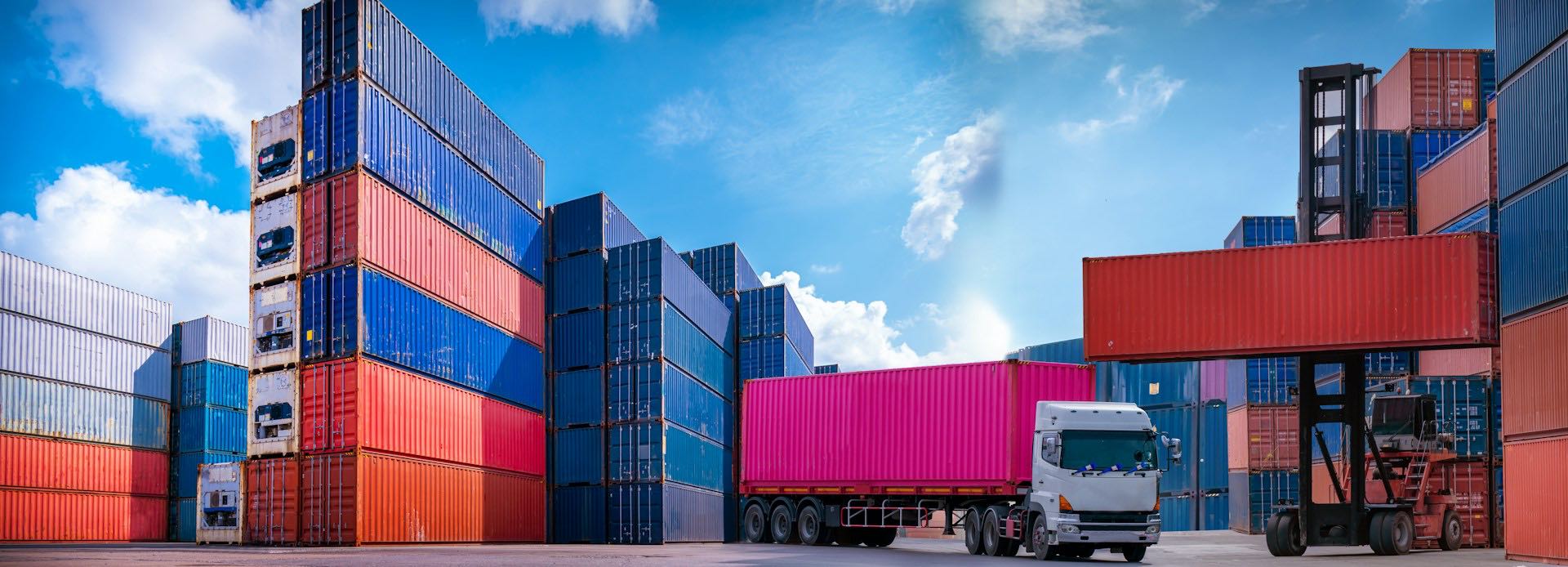
Car shipping from Hawaii to Florida is not just a task; it’s a journey that requires careful planning and thoughtful decision-making. Despite its intimidating appearance, this process is manageable with the correct strategy and knowledge. It’s not just about moving a car; it’s about making sure your prized automobile gets to its destination quickly and safely. This calls for a combination of meticulous planning, selecting the best shipping option, and giving your car to a shipping company that is dependable and has experience with such specialized transportation requirements.
It is essential to comprehend the expenses and schedules during this procedure. Depending on your vehicle’s size, the shipping method you choose, and the particular logistics of the ports of departure and arrival, the cost and time of the shipment can vary greatly. Being aware of these factors helps with time and money budgeting and guarantees that there are no unpleasant surprises along the way. Recall that the objective is to ship your car in a way that meets your needs and expectations, not just to get it there, but also to make the process of shipping cars stress-free and successful.

Discover the Excellence of Ship A Car, Inc. for Your Hawaii to Florida Journey
When you choose Ship A Car, Inc. (SAC) for your car shipping from Hawaii to Florida, you are choosing a front-runner in the sector. SAC is well known for providing clear, dependable service, which is important when negotiating the challenges of interstate auto shipping. Their wide range of carriers guarantees that every vehicle is paired with the best mode of transportation, offering a balance between effectiveness and security. Since SAC offers instant online quotes, you can see the financial implications right away, demonstrating their commitment to customer satisfaction. Their service quality is distinguished by their transparency.
Additionally, SAC is aware of how crucial trust is to the auto industry. They have created a smooth booking procedure that guarantees security and convenience for their customers in order to cultivate this trust. Their commitment to providing excellence is evident in the careful attention to detail they pay to the pickup and delivery procedure. From the first vehicle inspection to the last Bill of Lading signature at delivery, every step is managed with the highest care and expertise. With this meticulous approach, you can travel in peace of mind knowing that your car will arrive in Florida in the same condition that it left Hawaii.
FAQs
Q: What are the requirements for setting up my shipment?
A: The year, make, and model of your vehicle, as well as its color, vehicle identification number (VIN), and license plate number (if it is available) are all required.
Q: Q How can I track my shipment?
A: It is possible to perform online tracking in real time. Your shipment’s status can be tracked at any time using the booking number that you will receive.
Q: What should I do to prepare my car for shipment?
A: Your vehicle should be cleaned and emptied, with only the most necessary items, such as child seats or jumper cables, remaining. Also, make sure that it has been inspected by a mechanic and that it is in good working condition.
